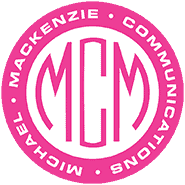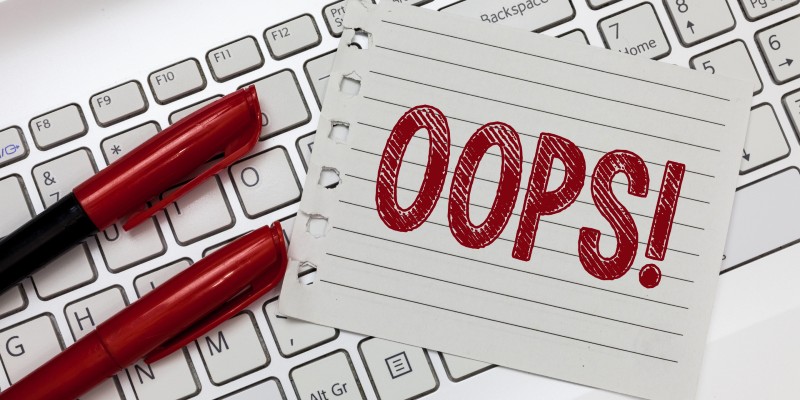We all make mistakes. Regrettably some mistakes are just bigger than others.
A simple guffaw like forgetting someone’s name is overlooked much more quickly than inadvertently clicking the wrong button when making an expensive online purchase or greenlighting a paint color selection for your home, office or car that turns out a little more intense than planned.
Mistakes in email marketing messages have the potential to rank right up there with most painful public mistakes but how, when and whether to fess up depends on several criteria.
-
Was yours a simple error of omission?
If the intent of your communication was educational or awareness building and you omitted a relevant fact, a simple omission provides an excuse for a follow-up. Consider this an opportunity for another “touch point” with your audience and create an additional email.
In most cases, don’t bother pointing out your error with an apology just move forward and share more details.
-
Was inaccurate information communicated that will impact an offer for purchase price?
Getting the price wrong is a tough error to make. In some instances, it can expose the sender to legal obligations to make a sale at the lesser price offered. Mistakes related to an offer to buy a product or service are problematic and prompt acknowledgement of these errors, and clearly stated corrections are required. Depending upon the offer and the audience size, they may also require that marketing connect with the legal department to discuss the implications of the error.
In most instances it is important to get a re-send out quickly and correctly with clarifying information. Avoid the temptation to provide excessive details or excuses about how the error occurred and just get to the point.
Hopefully, with good proofreading, you’ll be able to avoid these errors.
-
Was inaccurate information communicated that will impact event participation?
An inaccurately advertised free or paid event can lead to registration and ticket purchases from guests who may have a conflict with the correct date, and for programs where no registration, purchase or RSVP is required, guests who inadvertently arrive at the wrong time.
Last month I was invited to an event on the wrong date. The date was mispresented in the email and so the sender quickly sent another message marked “Date Correction.” The problem was that in their rush they changed the date but not the day of the week and so then they sent it again, headlined: “My sincerest apologies!” At this point they’ve, gut-wrenchingly, apologized twice. Ouch.
Apologies in this instance are definitely merited, but my advice here is always have someone else proof your work and always proofread in hard copy.
-
Was yours a grammatical error that changed the meaning of the message or did it simply make you look unprofessional?
Mistakes that don’t impact the offer or commitment begin to creep into the grey area of whether or not an apology is merited. Certainly, misspelling a word or using the wrong term entirely denigrates the professionalism of the message but in many instances the flaw will go unnoticed. Why? Because the human eye doesn’t read individual words and instead sees phrases. In common English there are popular phrases and sentence structure that the reader expects to find. As a result, they may fill in the gaps created by missing terms and overlook misused ones.
Does that mean you should just ignore grammar errors? Absolutely not. For nearly every email there is a corresponding piece of content with a much longer shelf life. Be certain to inspect and correct all other related assets to ensure the error didn’t propagate. Once again, proofreading is your friend here and so if you don’t have a friend to proofread, find or hire one.
-
Was this a system error where the wrong information was shared with the wrong audience or at the wrong time?
This week I received an email message from a known entity written in German. This is not the first time, nor can I assume it will be the last time, that I’ll receive a message I cannot read. Most of the time I find the receipt of messages written in another language to be funny, but I know the sender is frustrated by the user error on their end and normally is quick to re-send their communication in a familiar language with a brief apology, something I’d consider a best practice.
So long as you maintain and consistently use a seed list with all of your e-mailings, you’ll always have team members on the lookout for content and delivery mistakes who can help make sure you rectify them in a timely manner.
As for advice on how best to communicate your faux pas? A literal oops in the subject line seems to be the most popular, authentic and genuine acknowledgment that we are all human.
This post is courtesy of MMC Principal Jennifer Koon



